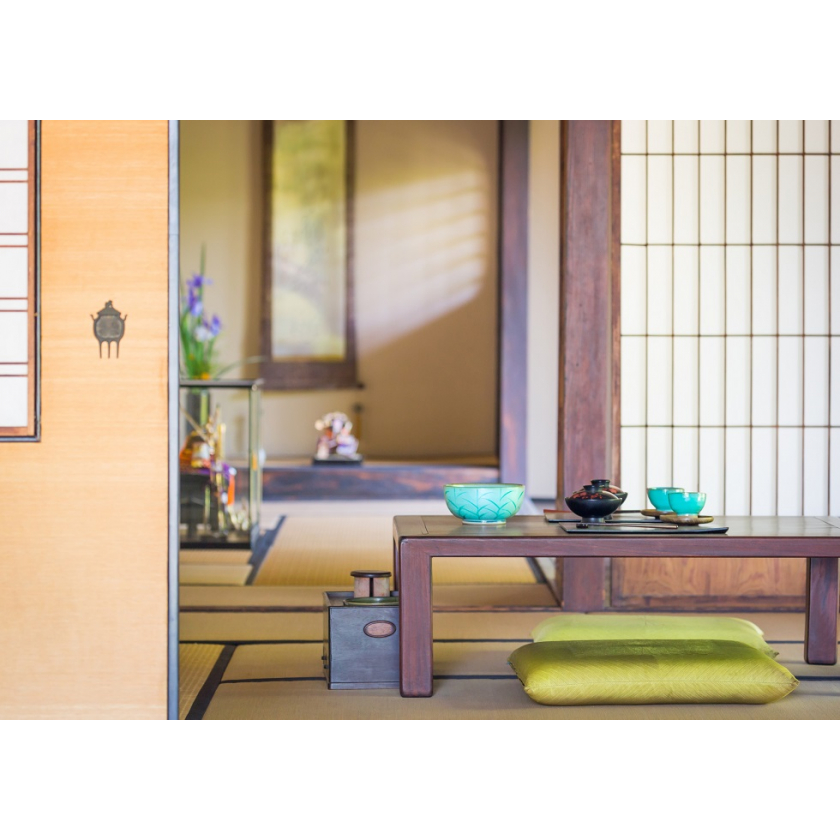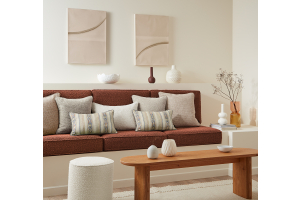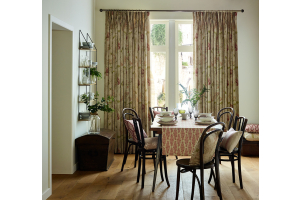Japanese living rooms: Ideas and inspiration
Every culture has its own approach to interior design, shaped by generations of historical and geographical influences. While it’s incredibly difficult to seamlessly capture the authenticity of a culture’s individual spirit, emulating certain aspects of the designs can bring us closer to the lifestyle these cultures lead and make for an original living experience.
Here, guest blogger Hannah Thomas travels to the land of the rising sun to take ideas and inspiration from Japan’s strikingly recognisable room designs.
Sliding doors and screens
Japanese-style décor is known for its spaciousness, simplicity, and minimalist approach. Space conservation is a major point and Japanese doorways reflect that, incorporating sliding screens called shoji instead of actual doors. Screens simply slide open without anything obstructing them, while doors have the tendency to take up space upon swinging open. Even more ingenious is the way the screens are made from an opaque sheet inside a wooden frame, to avoid blocking out natural light. You can create the same effect in your home, either with an authentic shoji, or with a glass-paned sliding door.
Colour
When deciding to add some Japanese flair to your living room, an authentic colour scheme is an excellent place to start. The idea of open space and the all-natural approach can be reinforced with the use of soothing beige, cream and white, which can be contrasted against dark brown or black woods and the smooth, geometric lines of furniture, floor and screen frames. The important thing is to keep the light colours dominating the room and combine with natural light to automatically achieve that serene, meditative effect.
Wood and bamboo
Another dominant element we can single out is wood, whether it’s bamboo, or Japanese equivalents of red pine, cypress and maple. The desire to be in harmony with nature is reflected in Japanese homes, so they introduce an air of comfort through organic materials. Wooden furniture, wall décor and details add a touch of nature to any space. You can do the same by incorporating bamboo screens, low, clean-lined designer furniture. For the biggest impact, try a low wooden coffee table in the centre of your room and clear all the seating around it, or just line up a few cushions.
Natural light
The last element is also a detail easily missed, but makes for a world of difference: natural daylight. We touched upon this subject in previous points, but it deserves a section of its own. Natural light completes the look of a room, and without it all your previous efforts will mean little, regardless of how accurately you tried to emulate Japanese aesthetic. Remove heavy curtains and keep your windows clear of obstructions or, if you wish, add thin bamboo shutters. For a more permanent change, you could replace your window frames with thin, clean-lined wooden ones.
Final thoughts
There is a plethora of worldwide cultural styles to take inspiration from, and one of the reasons Japanese décor is so popular is because gives off an aura of tranquillity and a meditative, peaceful discipline. Introducing Japanese details is not just about the aesthetic, but the sense of feeling you will strive to achieve. Refurbishing your living space to match a particular culture should reflect not simply a desire to follow a trend – but your own outlook on life. That might well be the most important detail that ties the whole room together.
About the author: Our guest blogger Hannah Thomas is a gardening and home décor enthusiast with a passion for interior design. She says the garden is the place where she feels most comfortable and is happiest learning, exploring and smiling.








